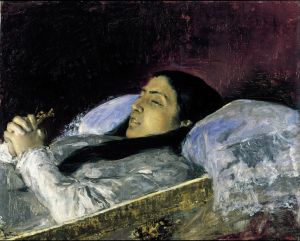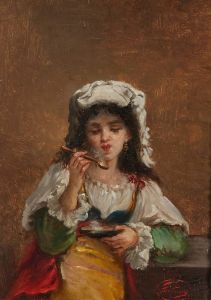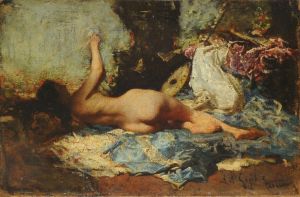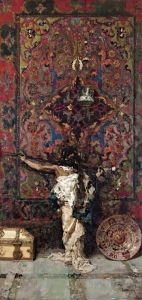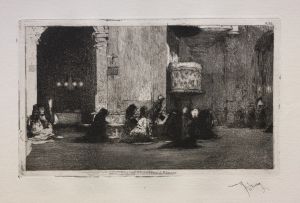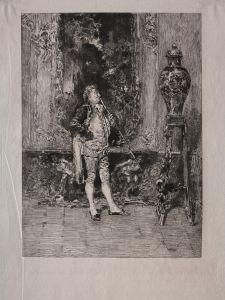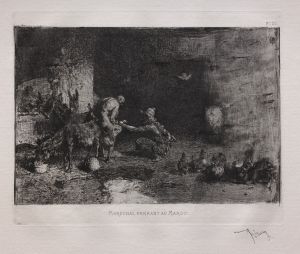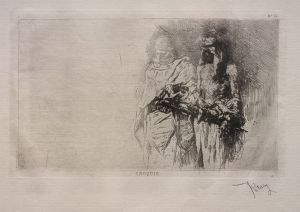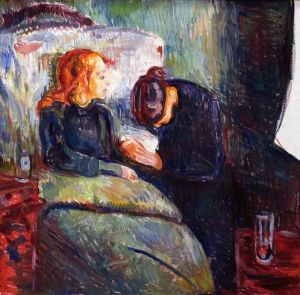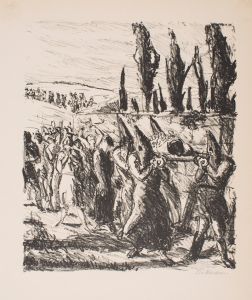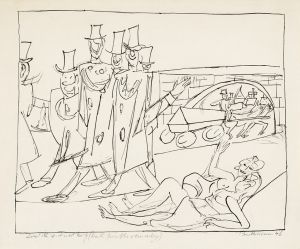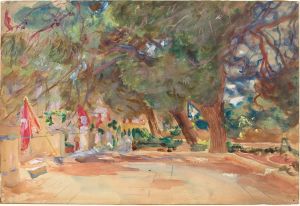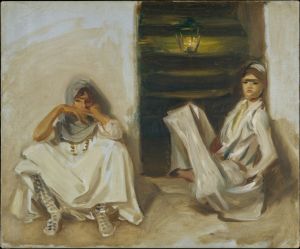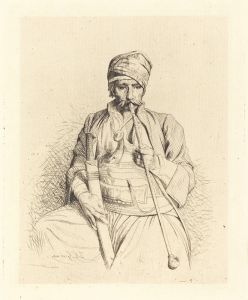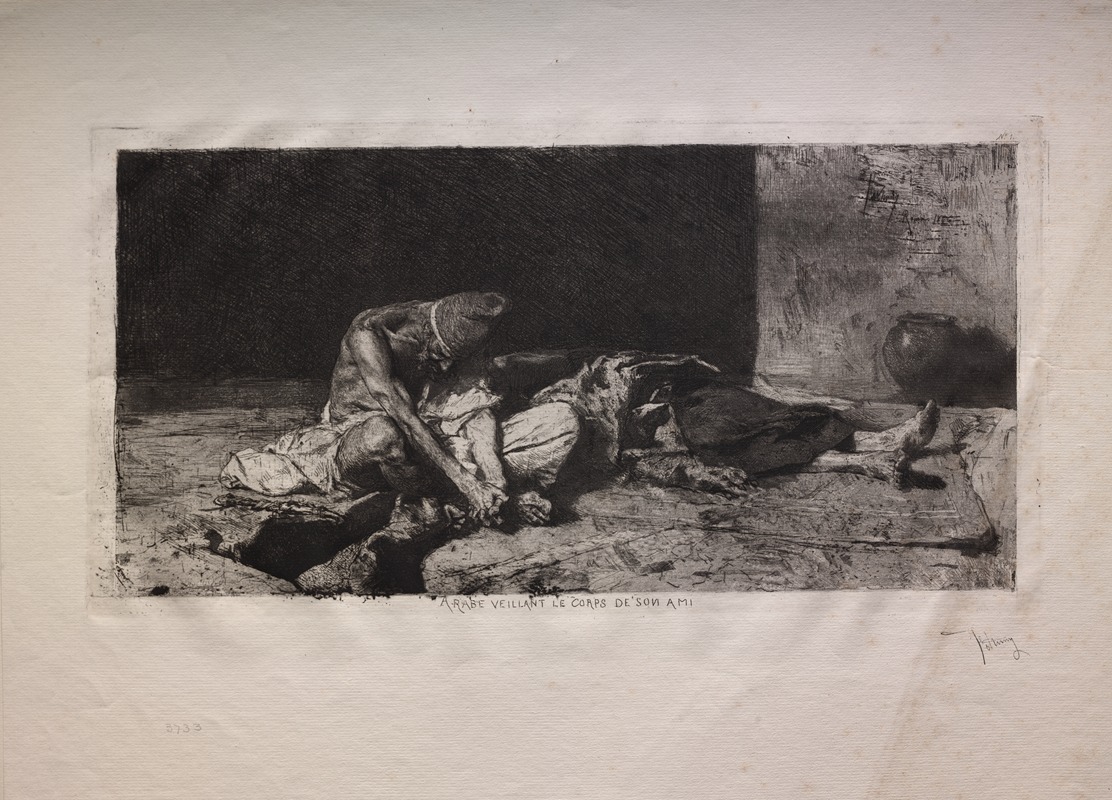
Arab Watching over the Body of His Friend
A hand-painted replica of Mariano Fortuny Marsal’s masterpiece Arab Watching over the Body of His Friend, meticulously crafted by professional artists to capture the true essence of the original. Each piece is created with museum-quality canvas and rare mineral pigments, carefully painted by experienced artists with delicate brushstrokes and rich, layered colors to perfectly recreate the texture of the original artwork. Unlike machine-printed reproductions, this hand-painted version brings the painting to life, infused with the artist’s emotions and skill in every stroke. Whether for personal collection or home decoration, it instantly elevates the artistic atmosphere of any space.
"Arab Watching over the Body of His Friend" is a painting by the Spanish artist Mariano Fortuny Marsal, completed in 1860. Fortuny, a prominent figure in 19th-century Spanish art, is known for his detailed and vibrant works, often characterized by their historical and orientalist themes. This particular painting is a testament to his interest in Orientalism, a genre that romanticizes and depicts the Middle Eastern, North African, and Asian cultures through a Western lens.
The painting portrays a poignant scene where an Arab man is vigilantly watching over the body of his deceased friend. The setting is likely inspired by Fortuny's travels and experiences in North Africa, particularly during his time in Morocco. In 1859, Fortuny was commissioned by the Spanish government to document the Spanish-Moroccan War, which provided him with firsthand exposure to the region's landscapes, people, and cultural practices. This experience significantly influenced his artistic style and subject matter, as seen in this work.
Fortuny's attention to detail is evident in the intricate rendering of the figures' clothing and the surrounding environment. The use of light and shadow in the painting enhances the emotional gravity of the scene, highlighting the solemnity and respect in the watcher's demeanor. The composition is carefully balanced, drawing the viewer's eye to the central figures while also providing a sense of the broader context in which the scene unfolds.
The painting is an example of Fortuny's mastery in combining realism with romanticism. His ability to capture the textures of fabrics, the play of light on different surfaces, and the subtle expressions of human emotion is notable. This work, like many of his others, reflects a fascination with the exotic and the dramatic, common themes in Orientalist art of the period.
"Arab Watching over the Body of His Friend" is housed in the National Art Museum of Catalonia (Museu Nacional d'Art de Catalunya) in Barcelona, Spain. The museum holds a significant collection of Fortuny's works, providing insight into his development as an artist and his contributions to Spanish art.
Fortuny's influence extended beyond his lifetime, impacting both his contemporaries and future generations of artists. His works are celebrated for their technical proficiency and their ability to convey complex narratives and emotions. Despite his relatively short life—he died at the age of 36—Fortuny left a lasting legacy in the art world.
In summary, "Arab Watching over the Body of His Friend" is a significant work within Mariano Fortuny Marsal's oeuvre, exemplifying his skill in capturing the essence of a moment with both technical precision and emotional depth. The painting remains an important piece for understanding the cultural exchanges and artistic trends of the 19th century, particularly in the context of Orientalism and its impact on Western art.





